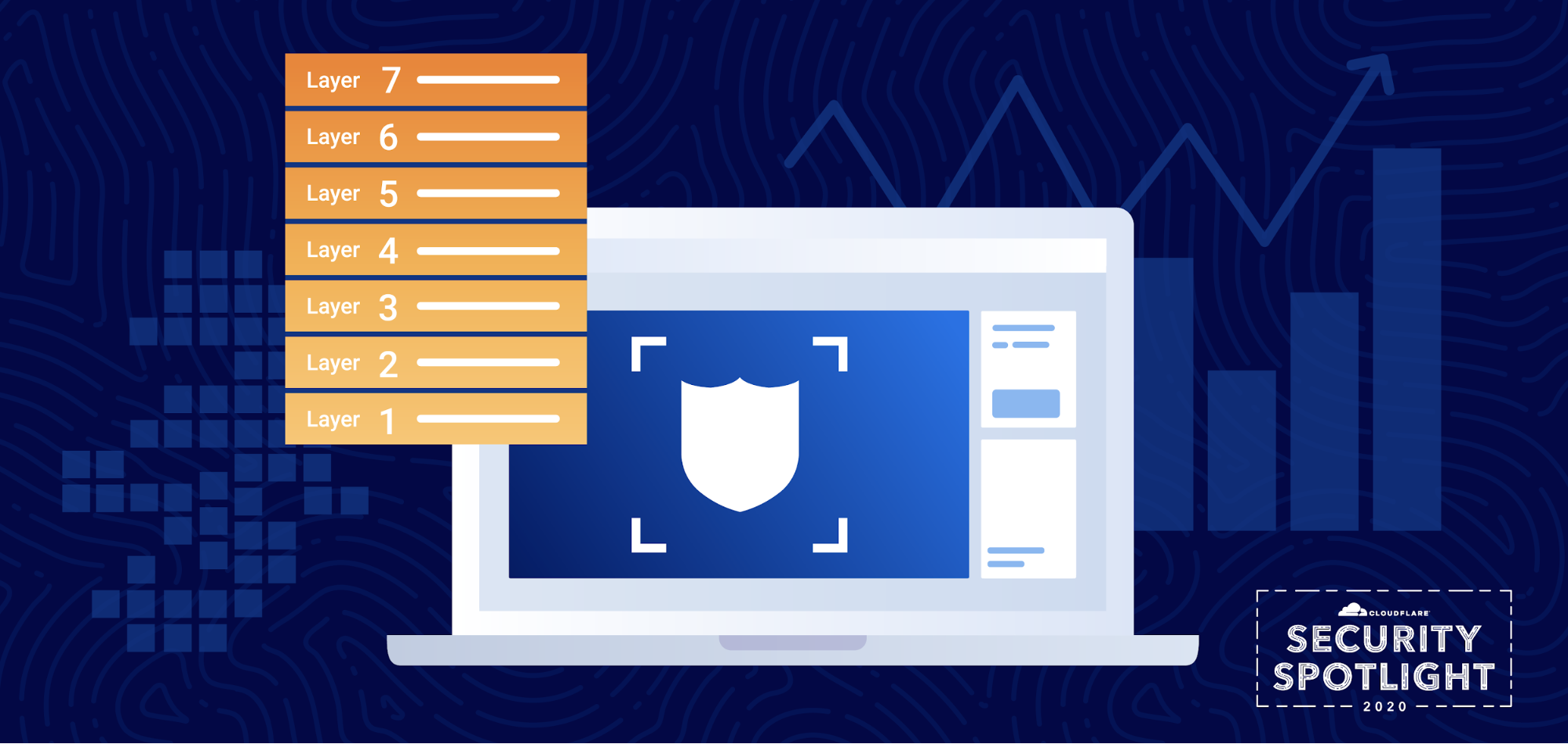BGP Convergence and ASn allocation design in Large Scale Networks
BGP Convergence and ASn allocation design in Large Scale Networks covered in this post and the video at the end of the post.
This content is explained in great detail in my BGP Zero to Hero course as well as CCIE Enterprise Training.
BGP is always known as slowly converged protocol. In fact this is wrong knowledge. If you just mention about BGP Control plane convergence, can be true but we always ignore BGP Data Plane Convergence which is commonly known as BGP PIC (Prefix Independent Convergence)
In this post, I will explain the BGP Path Hunting process which slows down the convergence process. Path Hunting is not only BGP but in general distance vector protocols convergence problem.
Effect of Path Hunting gets very problematic in densely meshed topologies such as CLOS or Fat Tree.
Many Leaf and Spine switches might be in the network and when EBGP is used (As it is recommended in RFC 7938) Path Hunting should be avoided by allocation the Autonomous System number to the networking devices wisely.
Otherwise, for the prefix which is not anymore advertised to network due to failure for example, BGP speaking routers try any Continue reading


